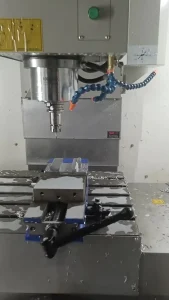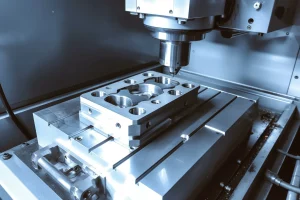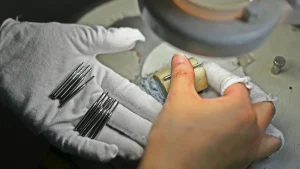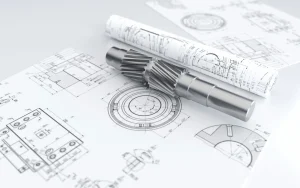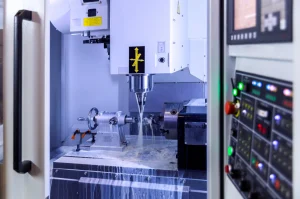CNC精密加工中常见的后处理工序有很多, 如热处理、表面处理. These processes are all designed to make precision parts more practical.
Heat treatment consists of three stages: 加热, holding, and cooling. The primary factors influencing heat treatment are temperature and time.
Heat treatment involves heating steel in a solid state to a certain temperature, holding the necessary temperature, and cooling it to room temperature at an appropriate rate to change the steel’s internal structure and achieve the desired properties.
In CNC precision machining, heat treatment is used to improve the mechanical properties of machine parts and ensure that the machining quality meets product requirements.
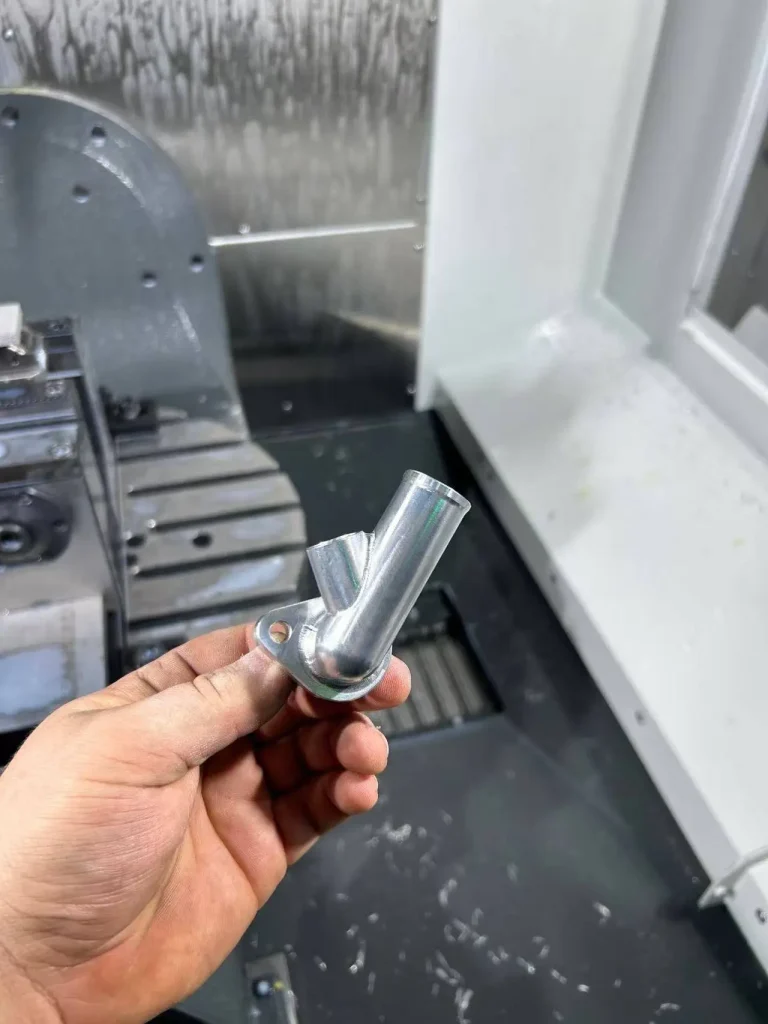
The Importance of Heat Treatment in CNC Precision Machining
- Its purpose is to change the internal structure of steel to improve its performance.
- Appropriate heat treatment can significantly enhance the mechanical properties of steel and extend the service life of machine parts.
- Heat treatment processes not only strengthen metal materials, fully tapping their performance potential, reducing structural weight, and saving material and energy, but also improve the quality of mechanical products and significantly extend the service life of machine parts.
- Appropriate heat treatment process can eliminate various defects caused by hot working processes such as casting, 锻造, and welding, refine the grain, eliminate segregation, reduce internal stress, and make the steel structure and properties more uniform.
快速效果
Rapideffficed专注于高精度的CNC加工 18 多年的经验. 它的产品覆盖医疗, 通讯, 光学, 无人机, 智能机器人, automotive and office automation parts. 该公司的CNC加工中心包括四轴, five-axis and linkage machine tools, 并配备精密投影仪, 三坐标测量机, spectrometers and other precision testing equipment. The machining accuracy can achieve 0.01mm and the testing accuracy can achieve 0.001mm.

